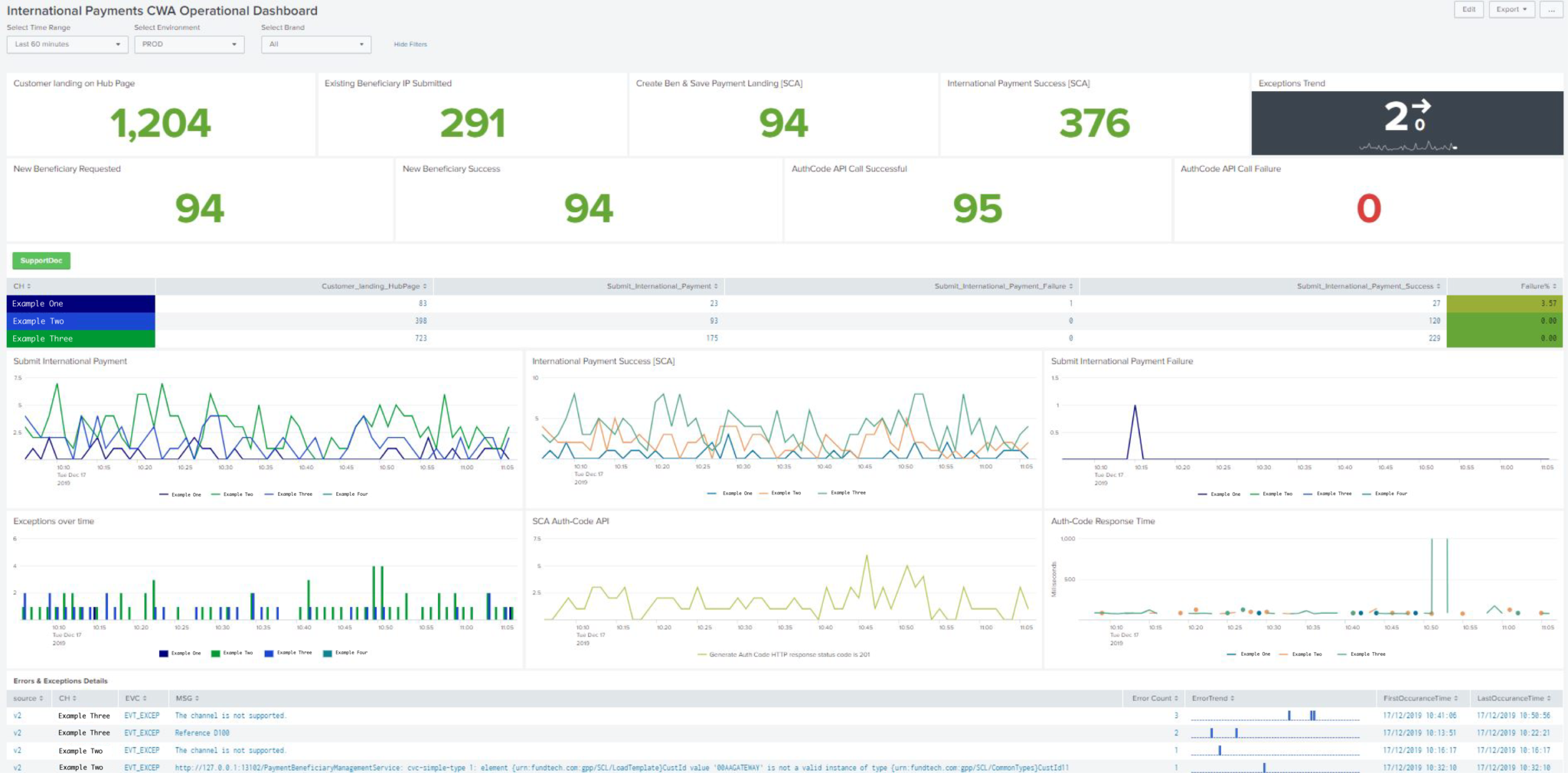Overview
Payments hubs are centralized systems that actively supports payment transactions across multiple channels and businesses to create a fully unified banking platform. Under this umbrella sits payment gateways and payment networks – both of which are essentially to the seamless running of this unified platform.
Payment gateways need to deliver 100 percent uptime to their customers, while protecting all aspects of the network from security breaches and fraud. Payment networks on the other hand, have to maintain a complex set of network communications with banks and deal with the multitude of international differences between systems and processes.
Banks that receive and process payments also have to cope with a multitude of systems and varying levels of performance. This results in a need to aggregate the payments received across all of the supported networks so that they can obtain a single view of customers, merchants and networks; it helps them make things secure and identify suspicious behavior faster.
But it doesn’t stop there. Payments generate large and complex messages that include information on the payment, merchant and recipient and the routing data that allows the payment to reach its destination. All of these factors, combined with very high volumes and inconsistent traffic, require all participants to deliver high levels of technical performance.
Banks are looking to differentiate their services and win market share by offering customers a superior online and app-based banking experience. This includes being able to protect customer data and deliver secure experiences online. But being able to secure complex online payment applications that depend on numerous technologies presents many operational challenges.
So, how can you overcome these operational challenges?


